Picked up these Gillette Canadian Old Type's with the smooth ball ends.
Taking a guess, I think they would date to the late teens.

Bottom of the cases

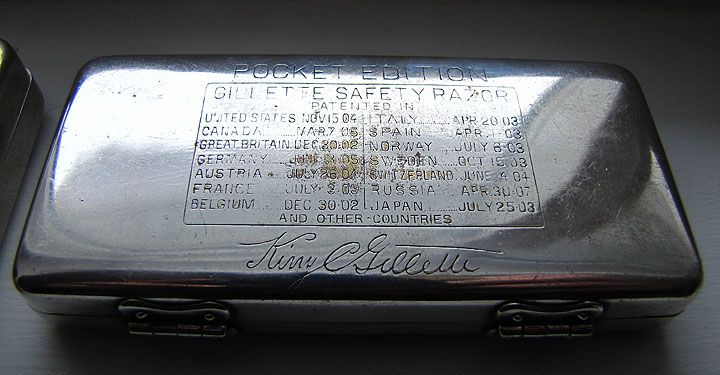
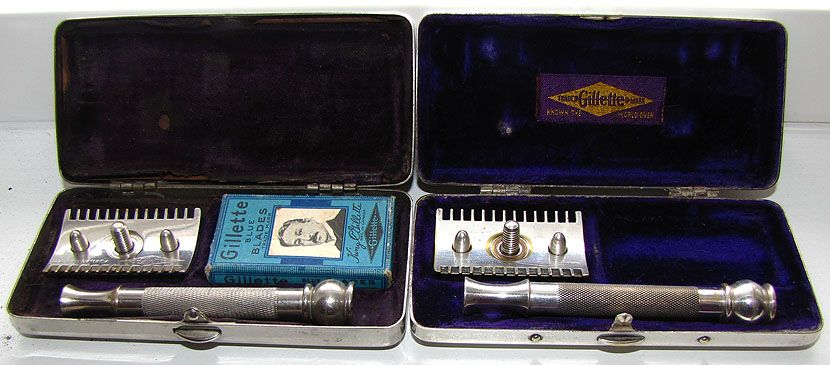
Serial number 486987 in the thatched pocket edition case (from the UK)
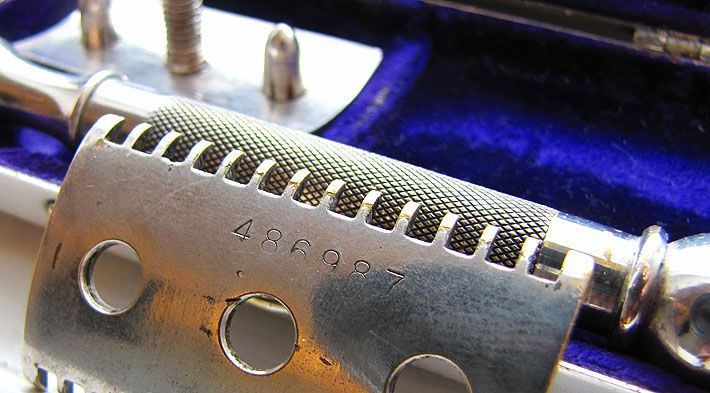
Serial number 502259 in the plain case (from France)
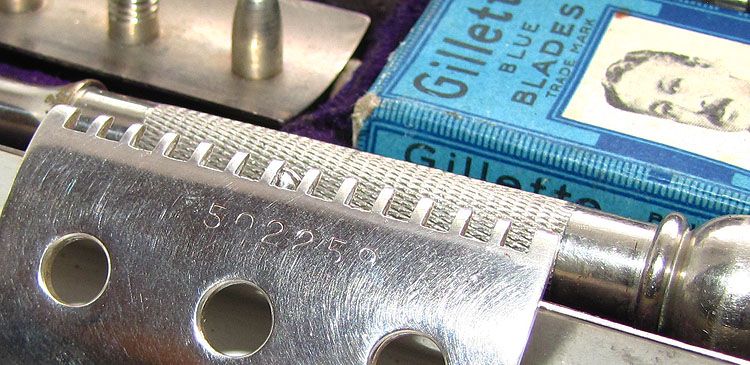
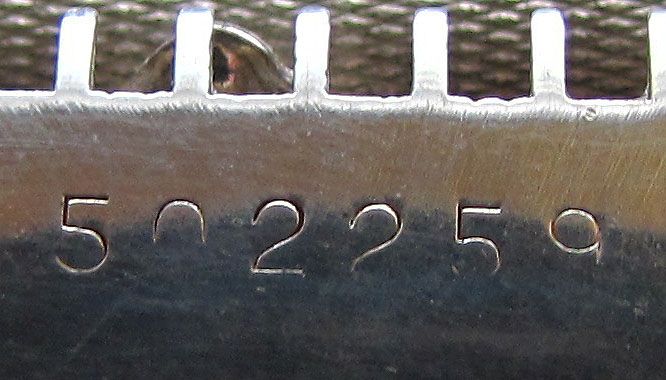
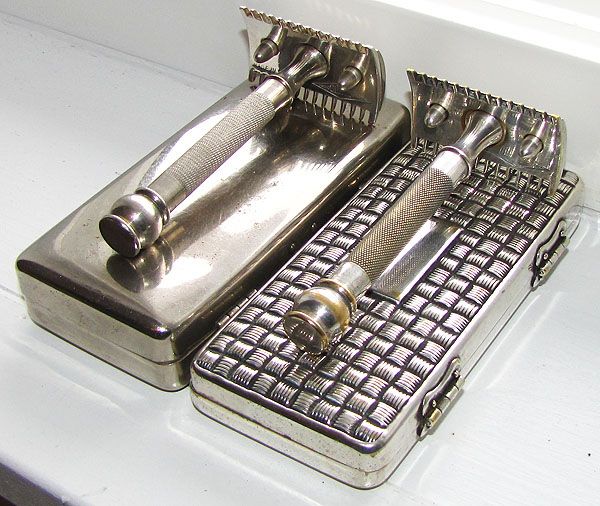
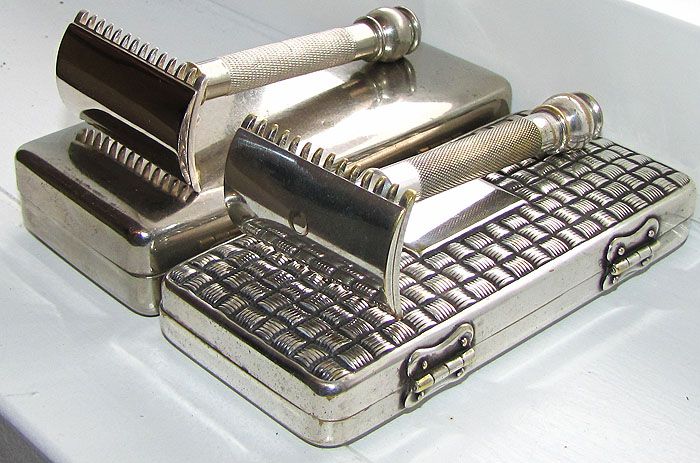
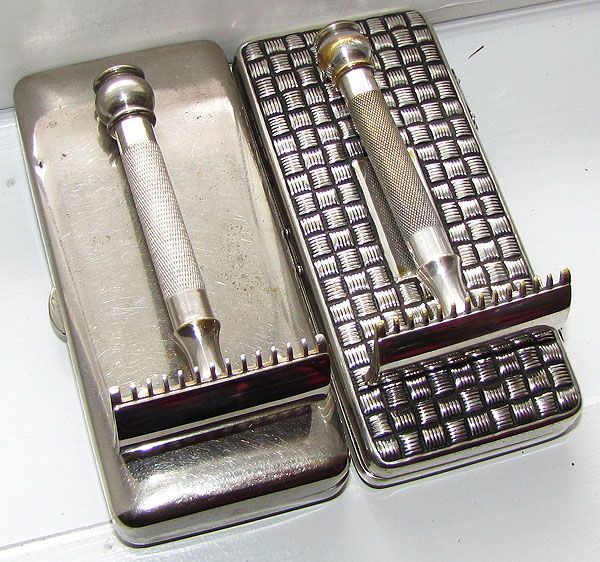
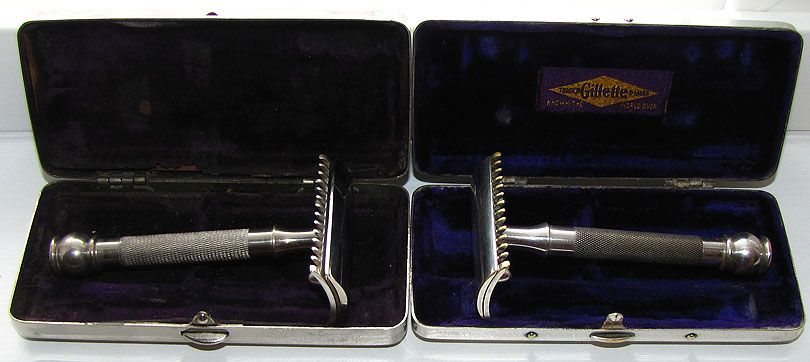
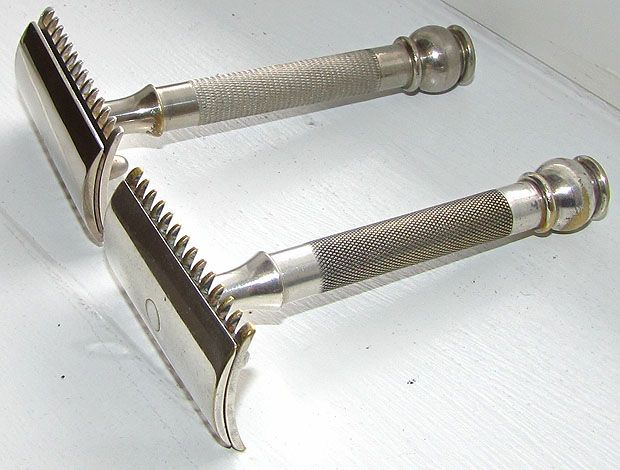
502259 came from France and included this cool shim
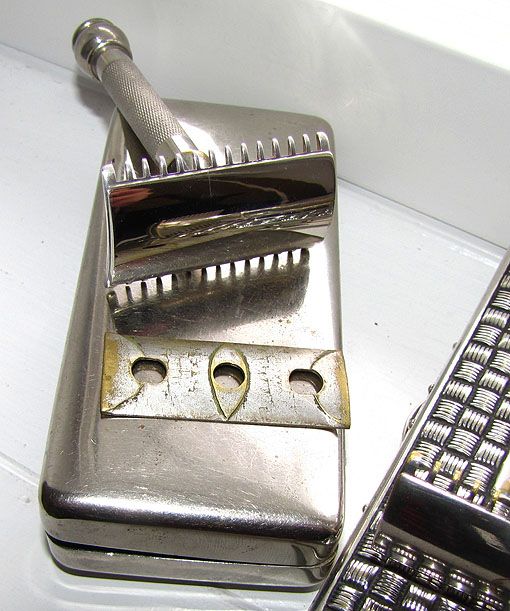
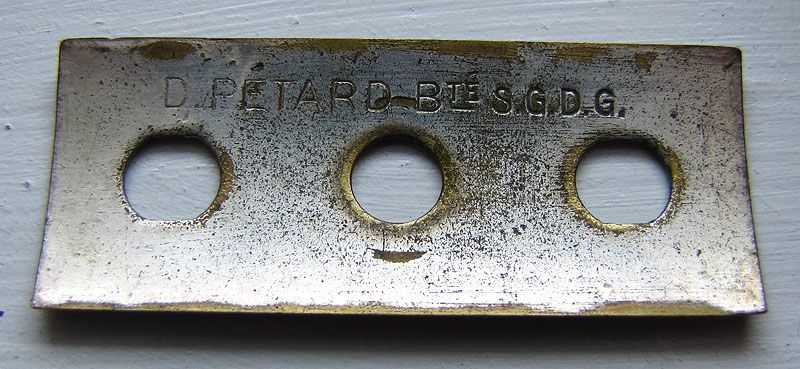
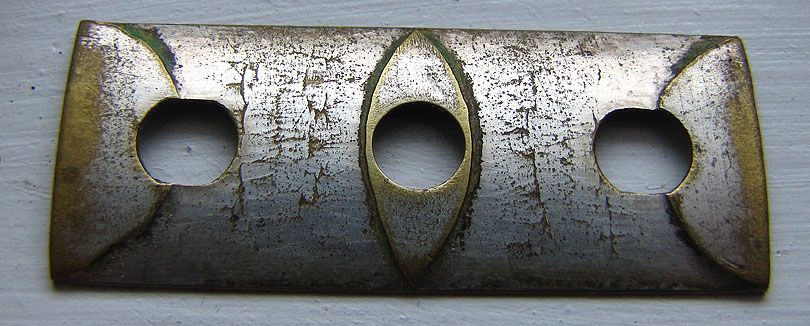
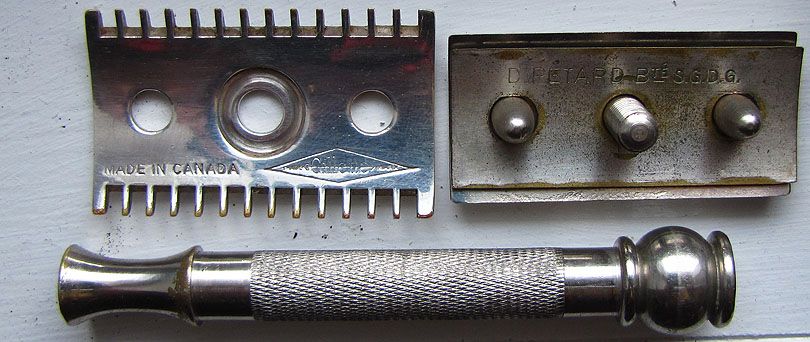
Couple of close ups
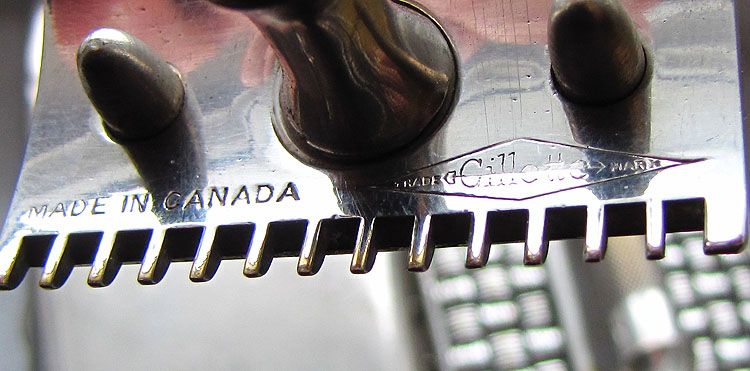
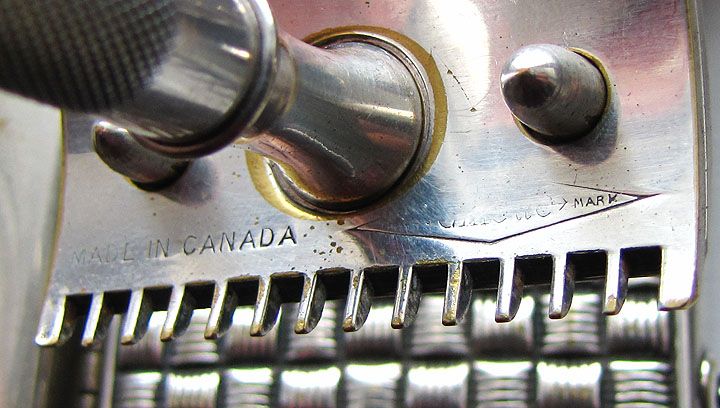
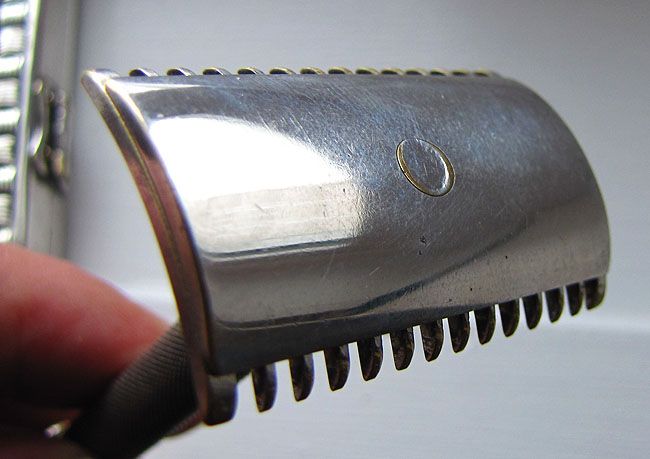
These two on the left, with my other smooth ball, serial number PC07509 on the right
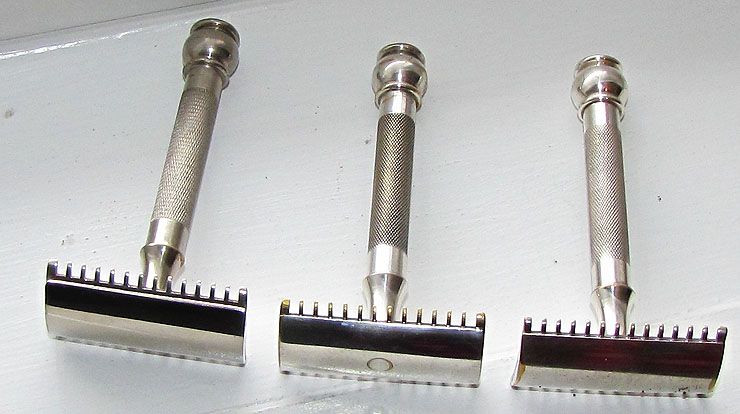
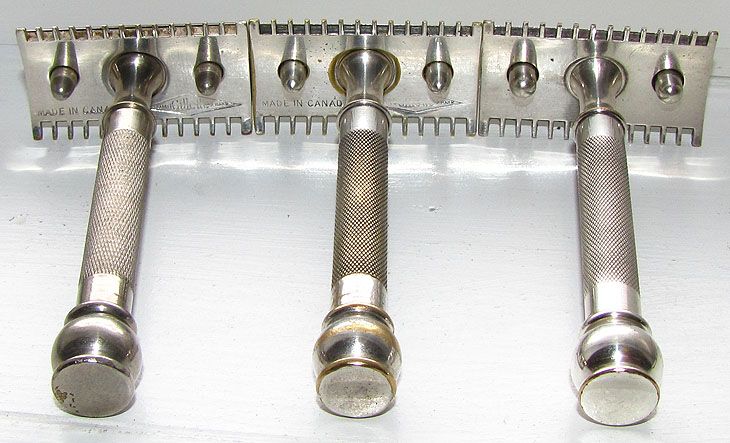
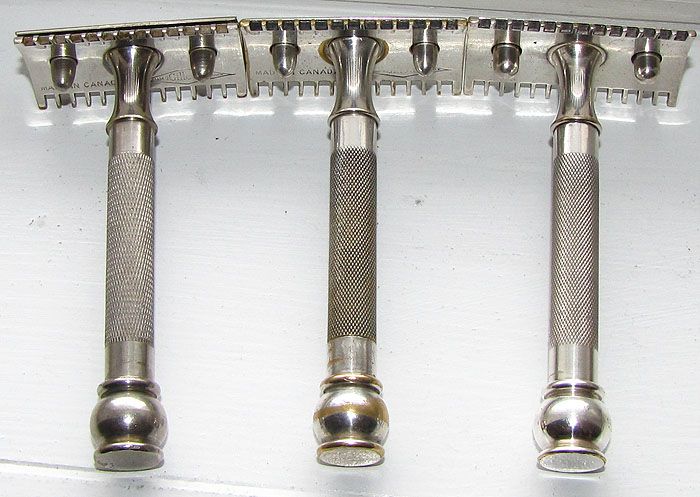
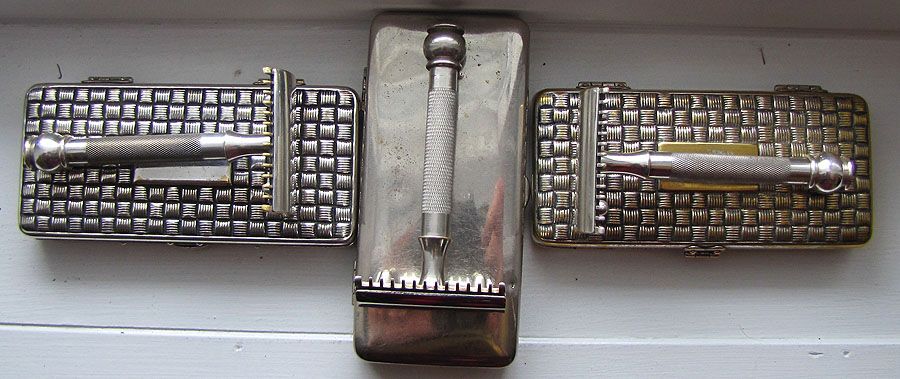
Thanks for looking
Kevin
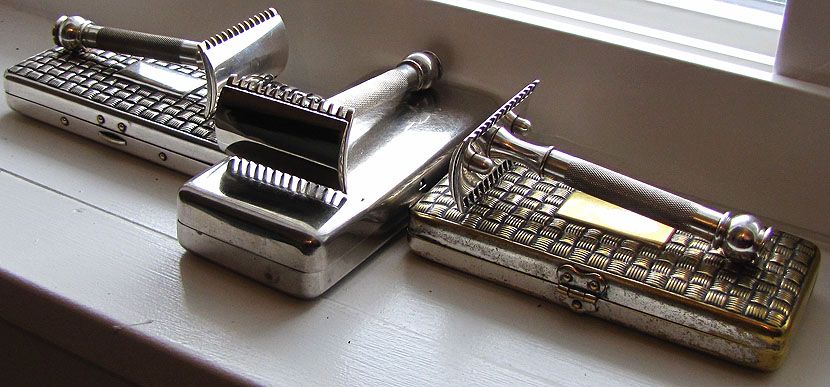
Taking a guess, I think they would date to the late teens.

Bottom of the cases



Serial number 486987 in the thatched pocket edition case (from the UK)

Serial number 502259 in the plain case (from France)







502259 came from France and included this cool shim




Couple of close ups



These two on the left, with my other smooth ball, serial number PC07509 on the right




Thanks for looking
Kevin


